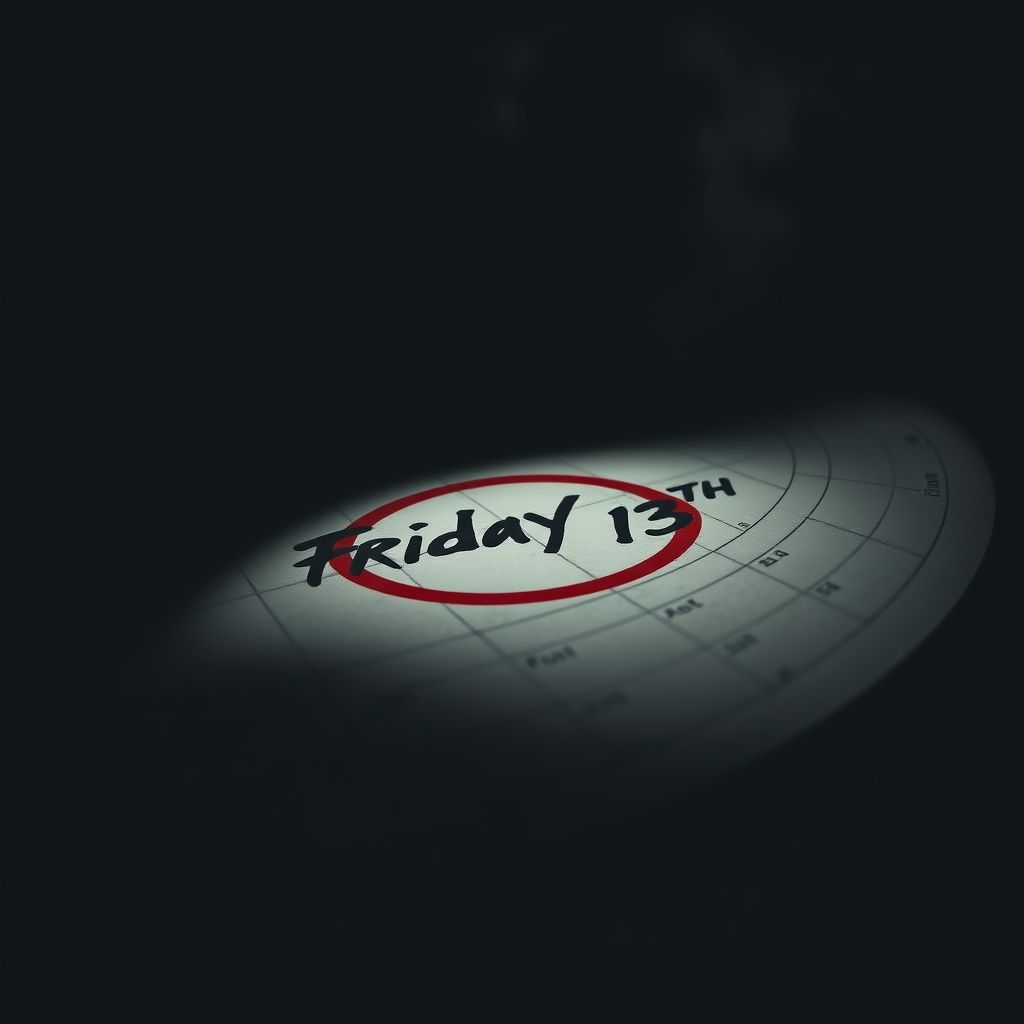Unlucky Day: Unveiling the Mystery of Friday the 13th

Friday the 13th: A Day of Superstition
Friday the 13th is a day steeped in superstition, widely considered an unlucky day in Western cultures. Many people take extra precautions, avoiding certain activities or remaining at home. But where did this fear originate? The answer, as it turns out, isn’t entirely clear, with several theories vying for prominence.
Possible Origins of the Superstition
The roots of this ominous association are somewhat murky. Some trace it to Norse mythology, while others point to the story of the Last Supper, where 13 individuals were present. Yet another, more historical explanation involves the arrest of the Knights Templar on Friday, October 13, 1307. This event is often cited as a significant contributing factor to the day’s unfortunate reputation.
A Modern Combination of Unluck
Interestingly, the specific combination of Friday and the number 13 as an unlucky pairing didn’t solidify until the 19th century. While both Friday and the number 13 have long held associations with bad luck individually, their combined significance is a relatively modern development. The frequency of Friday the 13th varies. Most years have one such day, but some years can have up to three instances.
When Will You See It?
The calendar dictates how often this day arrives. For example, years that begin on a Thursday, and leap years that begin on a Sunday will have three Friday the 13ths. While fear of the day persists for some, for others, it’s simply a curious piece of folklore.




